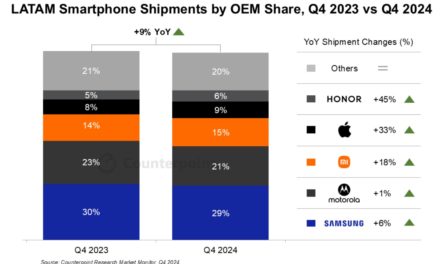Two Indian telecom operators are in talks with Apple. to launch an iPhone in India based on the code division multiple access (CDMA) technology in a bid to tap the growing smartphone market in one of the world’s fastest-growing mobile markets, reports the “Wall Street Journal” (http://online.wsj.com/article/SB10001424052748703440004575547670261276394.html), quoting “people familiar with the matter.”
The talks with Reliance Communications and Tata Teleservices Ltd. –which offer mobile phone services based on CDMA technology — come soon after rumors that Apple is making a version of its iPhone that Verizon Wireless will sell early next year in the U.S. Verizon Wireless offers mobile phone services based on CDMA technology.
If a CDMA iPhone actually happened, this would be the first time Apple has produced a version of the iPhone for a CDMA wireless network, which is different from AT&T’s GSM technology. In cellular service there are two main competing network technologies: Global System for Mobile Communications (GSM) and Code Division Multiple Access (CDMA). Both boast “3G” standards, or 3rd generation technologies.
As noted by “wiseGEEK” (http://www.wisegeek.com/what-is-the-difference-between-gsm-and-cdma.htm), EVDO, also known as CDMA2000, is CDMA’s answer to the need for speed with a downstream rate of about 2 megabits per second, though some reports suggest real world speeds are closer to 300-700 kilobits per second (kbps). This is comparable to basic DSL. As of fall 2005, EVDO is in the process of being deployed. It is not available everywhere and requires a phone that is CDMA2000 ready.
GSM’s answer is EDGE (Enhanced Data Rates for GSM Evolution), which boasts data rates of up to 384 kbps with real world speeds reported closer to 70-140 kbps. With added technologies still in the works that include UMTS (Universal Mobile Telephone Standard) and HSDPA (High Speed Downlink Packet Access), speeds reportedly increase to about 275 — 380 kbps. This technology is also known as W-CDMA, but is incompatible with CDMA networks.




